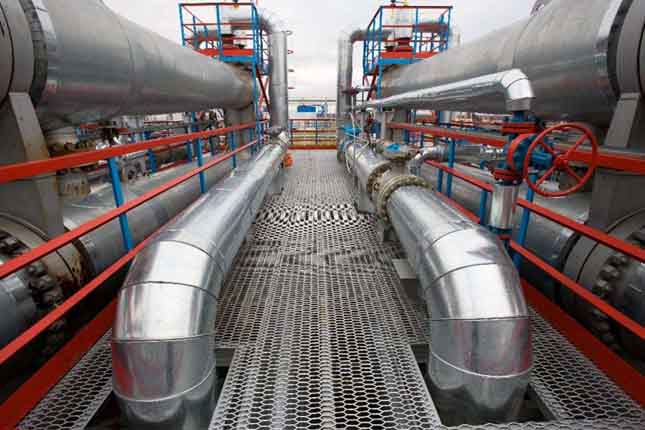Regarding Economic Coordination Committee (ECC) of the Cabinet (ECC)/Cabinet decision No NG(I)-7(189)/21-Vol-III dated November 3, 2021, regarding revision in tariff of Gas/Regasified Liquefied Natural Gas (RLNG) for the export-oriented sector, the existing tariff of $6.5/mmBtu for Captive (self-power generation) use in export sectors may be revised to $9/mmBtu with effect from November 15, 2021, to March 31, 2022, reads a notification for the industrial units.
It is clarified that power cogeneration, combined use for generation, and the steam process will be charged at $9/mmbtu from 15-11-2021 to 31-03-2022, irrespective of the type of connection. However, the existing tariff of $ 6.5/ mmBtu may continue for export sectors for Gas/RLNG in processing (general industrial use) only.
Keeping in view record-high LNG rates in the international market, the government can now bear the additional cost of imported natural gas and has thus decided to pass on its financial impact on the export-oriented industry. Earlier, APTMA sought continuation of competitive energy tariff for five years, terming it indispensable for maintaining momentum in exports, besides attracting investment in the textile sector.
The textile industry believes that competitive energy cost helped textile exports grow 24 percent to $15.5 billion in 2020-21 from $12.5 percent in FY20. Moreover, the textile exports registered impressive growth in the first four months (July-October) of 2021-22 compared with the corresponding period of the preceding year.
The textile sector is showing concerns over skyrocketing prices of gas for the textile sector. They are hopeful that the Prime Minister might take a pro-industry decision and not allow a hike in gas tariff for the industry. If the prices go up, the sector could face severe damage. The sector contributes over 60 percent of the total export earnings and provides employment opportunities for around 40 percent of the labor force. Thus, the textile sector is the backbone of Pakistan’s economy and looks for relief.



